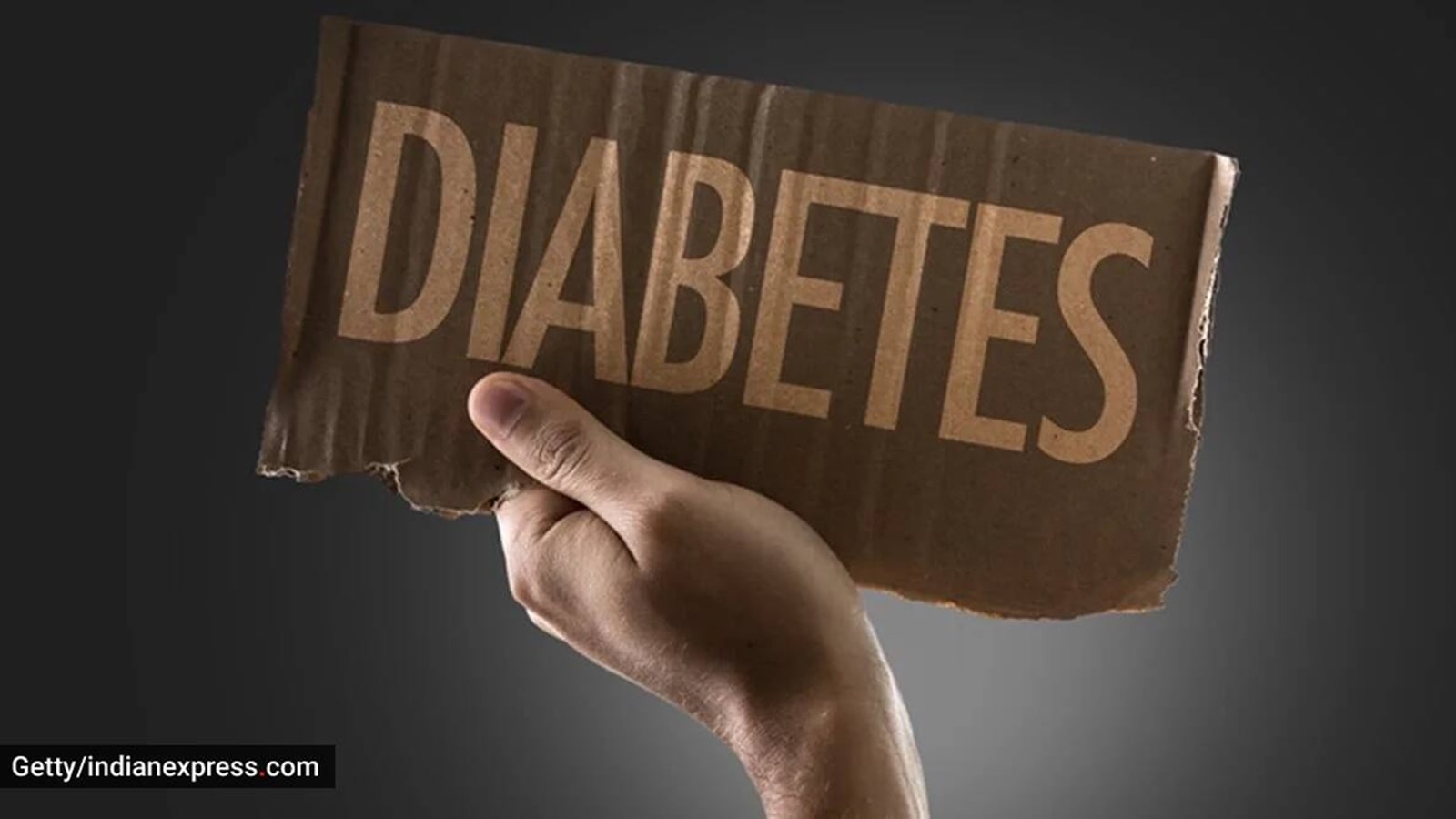A random blood sugar (RBS) test measures the glucose level in your blood at any given time, regardless of when you last ate. So, is a reading of 97 mg/dl on a random blood sugar test considered normal? To better understand the same, we reached out to experts.
Notably, a person is categorised as prediabetic if their fasting blood sugar falls between 101 and 125 mg/dL. Postprandial (after eating) blood sugar levels between 140 and 199 mg/dL also fall in the prediabetic range. An individual is diagnosed with diabetes when their fasting blood sugar is 126 mg/dL or higher, and postprandial levels exceed 200 mg/dL.
“These values are based on extensive research, where scientists studied the levels at which persistently high blood sugar begins to cause complications in the body. That is how these diagnostic thresholds were established,” explained Dr Hiran S Reddy, consultant physician, diabetologist and critical care specialist, Gleneagles Hospital, Lakdi Ka Pul, Hyderabad.
Story continues below this ad
As such, a random blood sugar below 140 mg/dl is acceptable, while values between 140 and 199 mg/dl may indicate prediabetes, and levels above 200 mg/dl are suggestive of diabetes, especially if accompanied by symptoms like excessive thirst, frequent urination, or unexplained weight loss, added Dr Reddy, further stating that a reading of 97 mg/dl suggests your body is efficiently regulating blood sugar levels at that moment.
Dr Manisha Arora, director, internal medicine, CK Birla Hospital, Delhi, concurred and said that according to established guidelines, a fasting blood sugar level of less than 100 mg/dL is considered normal. “A reading of 97 mg/dL indicates that your body is effectively regulating blood glucose levels, whether or not you’ve recently consumed food. For most individuals, this would not be a cause for concern. In fact, it suggests stable metabolic function and a lower risk of prediabetes or diabetes at that point in time,” said Dr Rajiv Kovil, head of diabetology, Zandra Healthcare, and co-founder, Rang De Neela Initiative.
 What should you keep in mind? (photo: Getty Images/Thinkstock)
What should you keep in mind? (photo: Getty Images/Thinkstock)
However, one normal reading doesn’t rule out the possibility of fluctuations, especially if you have risk factors, experts urge, adding that maintaining routine monitoring and preventive care is key to long-term metabolic health.
“Maintaining a healthy diet, exercising regularly, and undergoing periodic health checks are key to ensuring long-term blood sugar control. Always consult your doctor for personalised advice,” Dr Reddy said.
Story continues below this ad
It is important to understand that random blood sugar tests are often used as screening tools rather than for diagnosing diabetes. “If there are risk factors like obesity, family history of diabetes, or symptoms suggestive of high blood sugar, further tests like fasting blood sugar, HbA1c, or an oral glucose tolerance test is recommended,” mentioned Dr Reddy.
It is also essential to understand the role of the HbA1c test. “An HbA1c level of less than 5.7 per cent (in the presence of normal hemoglobin) is considered normal,” Dr Arora said. “Values between 5.7 per cent and 6.4 per cent indicate prediabetes, while levels of 6.5 per cent and above suggest diabetes. However, one must note that HbA1c is influenced by hemoglobin levels. In individuals with anemia or hemoglobinopathies, such as thalassemia or sickle cell anemia, HbA1c may not provide accurate results. In such cases, other diagnostic methods should be used in conjunction with HbA1c to get a complete picture,” said Dr Arora.
DISCLAIMER: This article is based on information from the public domain and/or the experts we spoke to. Always consult your health practitioner before starting any routine.























